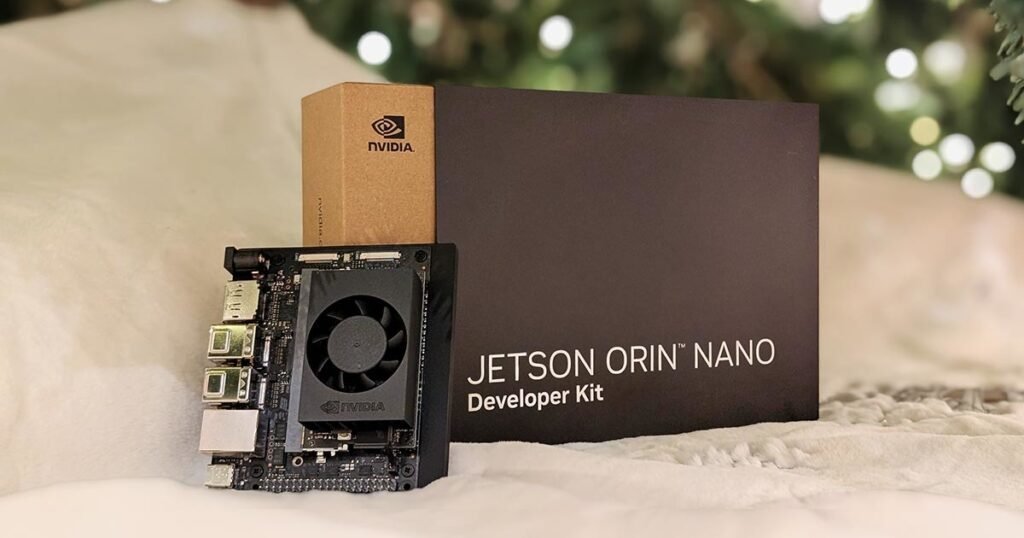Let’s chat microcontrollers—those tiny, unstoppable brains pulsing inside everything from your smart thermostat to industrial robotics. If you’re digging into the latest and greatest in MCU tech and design architectural trends, you’re about to get a friendly tour from someone who eats embedded systems for breakfast.
A New Era in MCU Design: Why It Matters in 2025
Microcontrollers have evolved into far more than basic compute controllers. In 2025, we’re seeing them lean into:
- Edge AI everywhere—they’re smarter and more autonomous, running ML models without relying on the cloud (ALLPCB, Ezurio).
- Market boom—the global MCU market is estimated at $34.75B in 2025, projected to hit $57.25B by 2030 with ~10.5% CAGR (Mordor Intelligence).
- Rapid tech convergence—AI/ML integration, enhanced energy efficiency, and tighter cybersecurity are reshaping architectures (Semiconductor Engineering).
MCU Stars of 2025 — Specific Chips Stealing the Spotlight
Here’s your down-to-earth guide on the most talked-about MCUs right now:
- ** STM32 Series (STMicroelectronics)**
The STM32 line is embedded royalty—think ARM Cortex-M all the way from entry-level to beefy, security-minded offerings. STM32U0 is for ultra-low-power devices, and STM32H5 brings more edge smarts and IoT-resilient features (Reddit, Wikipedia). - ** ESP32 (Espressif Systems)**
Dual-core Xtensa MCU with Wi-Fi + Bluetooth built-in. Hobby-friendly, killer docs, and budget-friendly—perfect for IoT and prototyping heroes (ALLPCB). - ** Nordic (nRF Series)**
The BLE king. If your device talks to phones or wearables, Nordic’s got the radios, stack, and optimizations you want (Reddit). - ** PIC32A (Microchip)**
A fresh 32-bit MCU balancing ease-of-use with performance—great for those who want Microchip reliability with modern architecture (Embedded). - ** MSP430 (Texas Instruments)**
A 16-bit RISC classic, built razor-thin for ultra‑low‑power applications—IoT sensors, wearables, and long‑life gadgets rely on this champ (nabto.com). - ** MSPM0C1104 (Texas Instruments)**
Newly crowned “world’s smallest MCU,” at just 1.38 mm². Ideal for space-savvy designs like medical wearables or nano electronics (Texas Instruments). - ** AURIX (Infineon)**
Triple-core, high-performance 32-bit MCU tailored for automotive and real-time AI tasks—powering EVs, ADAS, and autonomous systems (Wikipedia).
Beyond Chips — Architectures Shaping Embedded Systems
- RISC‑V Ascends
The open-source ISA of the future—modular, flexible, and increasingly adopted by companies like SiFive, Alibaba, and EV-focused startups (Wikipedia). - NXP’s FRDM Ecosystem
Its Freedom board series brings modularity and hardware extensibility to prototyping: standardized headers, SDK support, and MCUXpresso dev tools make it a prototyping powerhouse (nxp.com). - Hardware‑software synergy in embedded systems
Modern embedded design thrives on combining ARM cores, Flash/RAM, rich I/O, low-power modes, and smart architecture layers—squeezing more performance per watt in compact real-time setups (Brolly Academy).
What’s Trending—A Glimpse Ahead
- Edge AI & ML integration is no longer niche; these MCUs aren’t just controllers—they’re intelligent at the core (Semiconductor Engineering).
- Power efficiency remains a top priority—especially for battery-powered and wearable applications.
- Cybersecurity moves inward—hardware-level security and crypto accelerators are becoming standard.
- RISC-V’s rapid rise—the appeal of customizable, open-source architecture makes it hard to ignore.
Final Thoughts—Picking Your Champion
So, which MCU should be on your radar?
- Go with STM32 if you need versatility, strong tooling, and a reliable ecosystem.
- Pick ESP32 for rapid IoT development with wireless agility.
- Choose Nordic when BLE performance is your heartbeat.
- Grab PIC32A when you want simplicity without compromises on power.
- Lean into MSP430/MSPM0 for ultra-light, power-conscious designs.
- Trust AURIX to drive next-gen automotive innovations.
- Watch RISC-V closely—it’s where embedded architecture innovation may explode next.
The industry is buzzing—with smarter, more efficient, security-savvy MCUs taking the lead. Plug into the trends, and you’re well-positioned to shape the embedded future.
Need deep dives—like benchmark comparisons, power budgets, or dev tools? Just say the word.



